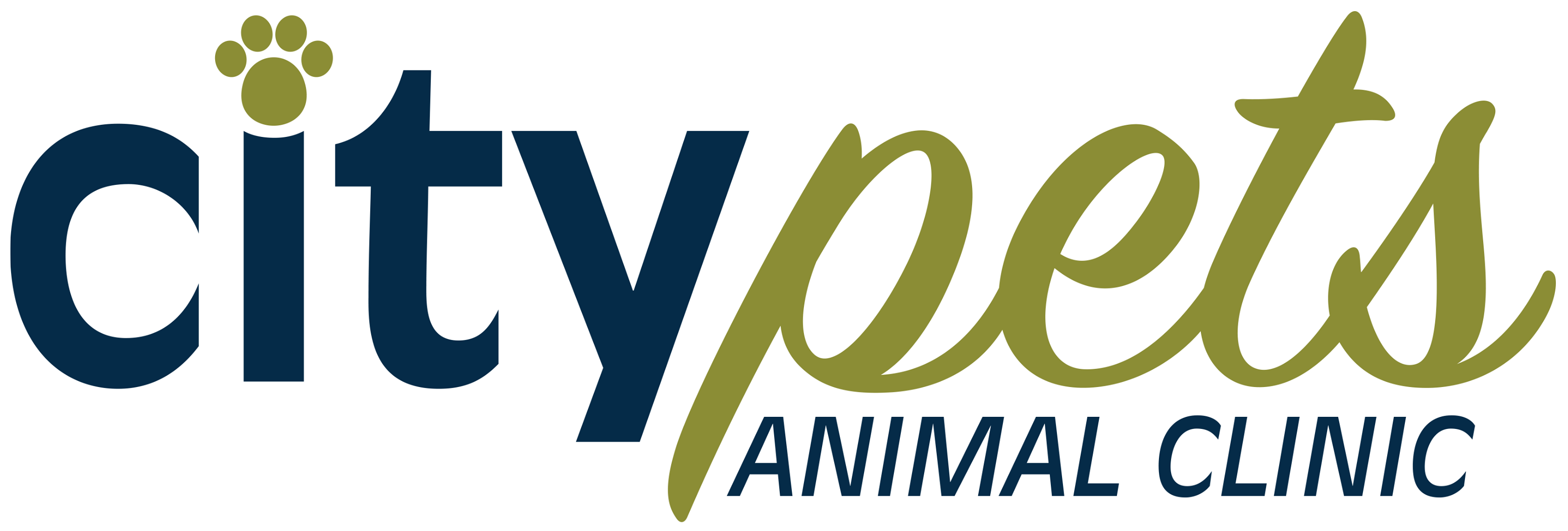Library
-
Atovaquone (brand names: Mepron, Malanil, Wellvone) is a drug used to treat infections caused by protozoa (single-celled organisms that cause disease). It is often combined with other drugs to treat specific infections.
-
Atrial fibrillation describes rapid contractions or twitching of the heart muscle, specifically in the atria. In cats, atrial fibrillation occurs secondary to heart disease. The signs that are observed are often related to that underlying condition, and may include exercise intolerance, cough, or difficulty breathing. Signs, treatment, and outlook are discussed.
-
Atrial fibrillation describes rapid contractions or twitching of the heart muscle, specifically in the atria. In dogs, atrial fibrillation usually occurs secondary to heart disease. In some large breed dogs, atrial fibrillation occurs as a primary heart problem. Signs, treatment, and outlook are discussed.
-
Atrioventricular (AV) valve dysplasia is a developmental malformation of the mitral or tricuspid valve in the heart. Signs include exercise intolerance, accumulation of fluid in the abdomen, weight loss, and stunted growth. Difficulty breathing or collapse may occur if congestive heart failure develops. Treatment of AV valve dysplasia is focused on managing signs of congestive heart failure and/or disturbances in heart rhythm, generally using medications.
-
Atrioventricular (AV) valve dysplasia is a developmental malformation of the mitral or tricuspid valve in the heart. Signs include exercise intolerance, accumulation of fluid in the abdomen, weight loss, and stunted growth. Difficulty breathing or collapse may occur if congestive heart failure develops. Treatment of AV valve dysplasia is focused on managing signs of congestive heart failure and/or disturbances in heart rhythm, generally using medications.
-
Atropine ophthalmic (brand name Isopto Atropine) is an eye medication used to dilate (enlarge) the pupil. It is used off label (extra label) only, in all veterinary species of animals. Atropine ophthalmic comes in a 1% drop, solution, or ointment form, which is placed directly into the eye.
-
Attapulgite (brand name Toxisorb™ Bolus) is an anti-diarrhea clay supplement used in pets like dogs, cats, horses, and cattle. It works by binding bacteria and toxins to help restore a healthy intestinal system.
-
At first glance, the Aussie Cattle Dog looks like a commoner from the streets of Sydney. On closer inspection, you can see in his face an uncommon intensity of purpose, a true sense of self, and a keen intelligence. This is no ordinary dog; all of the romance of the Australian outback seems embodied in this diamond-in-rough.
-
The Australian Shepherd must have a job to do in order to be content, whether it's an obedience routine, a chance to round up sheep, or helping with various household chores. This agile, quick-thinking dog can be a joy to owners who want a dog by their side in all things, but a challenge to those who expect the dog to entertain herself.
-
Happy, sunny, and feisty as all get-out, the Australian Terrier knows he has serious work to do: chase anything that moves, bark at anything that approaches, and keep you in stitches.

